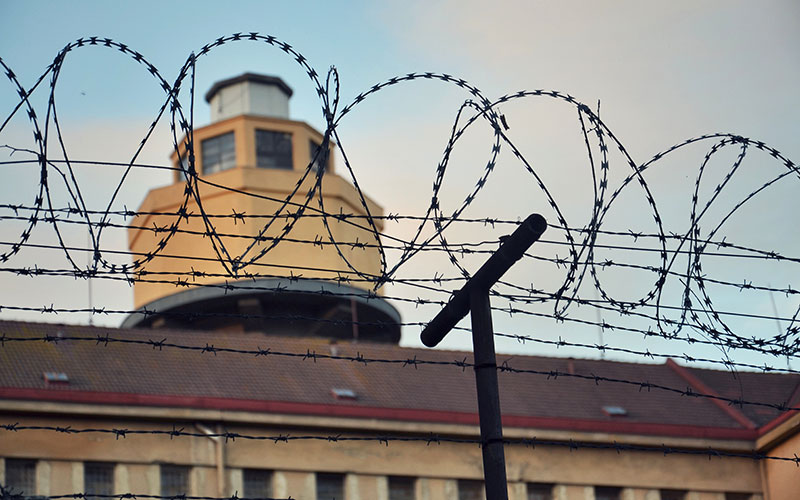Articles by Jessica R. Garcia, PsyD, LP
Jessica R. Garcia, PsyD, LP, is a graduate of the Clinical PsyD program at William James College. She also completed concentrations in Forensic Psychology and Latino Mental Health. Her masters and doctoral clinical placements included a residential treatment facility, a middle school, a federal prison, a forensic state hospital, and a juvenile court clinic. She also completed an APA predoctoral internship at a Federal Bureau of Prisons facility. She continues to work in corrections, providing mental health services to criminally sentenced and civilly committed persons.

by Jessica R. Garcia, PsyD, LP | Sep 18, 2017 | Student & Intern Resources
If you have been following my blog postings for Time2Track, you’ve read about what kind of training programs are available to those of you interested in, using the term broadly, forensic mental health work. I’ve also discussed the complexities of instituting and maintaining boundaries with forensic clients.
Now, I’m going to break down the forensic practicum placement process in three parts. Part 1 talked about how you choose and prepare for an interview at a forensic-oriented site. (I use the term “forensic-oriented” to be broadly inclusive of any mental health training site for masters or doctoral level trainees that will work in a place where psychology and the law intersect.)
Part 2 (below) will touch on what to do after you’ve accepted your forensic placement offer but before you actually begin your training.

by Jessica R. Garcia, PsyD, LP | May 17, 2016 | Student & Intern Resources
If you have been following my blog postings for Time2Track, you’ve read about what kind of training programs are available to those of you interested in (and using the term broadly) forensic mental health work. I’ve also discussed the complexities of instituting and maintaining boundaries with forensic clients.
Now, I’m going to break down the forensic practicum placement process in three parts.
Part I (below) will talk about how you might choose and then how you prepare for an interview with a forensic-oriented site. I use the term “forensic-oriented” to be broadly inclusive of any mental health training site for masters or doctoral level trainees that will work in a place where psychology and the law intersect.
Part II will touch on what to do after you’ve accepted your forensic placement offer but before you actually begin your training.
Part III will then address what you might actually get to do as a trainee in a forensic-oriented site.
Now, I’m going to break down the forensic practicum placement process in three parts.
Part I (below) will talk about how you might choose and then how you prepare for an interview with a forensic-oriented site. I use the term “forensic-oriented” to be broadly inclusive of any mental health training site for masters or doctoral level trainees that will work in a place where psychology and the law intersect.
Part II will touch on what to do after you’ve accepted your forensic placement offer but before you actually begin your training.
Part III will then address what you might actually get to do as a trainee in a forensic-oriented site.

by Jessica R. Garcia, PsyD, LP | Jan 18, 2016 | Professional Resources, Student & Intern Resources
Imagine that you are in private practice. You are wrapping up your first session with a new client and he reaches out to shake your hand. What is your response?
Now imagine that you are doing clinical work in a correctional facility. Your client, a prisoner, reaches out to shake your hand at the end of a session. What is your response? Is there a difference between how you would respond in the first scenario versus this one?
Are there definitive right or wrong ways to respond to either scenario?

by Jessica R. Garcia, PsyD, LP | Oct 12, 2015 | Student & Intern Resources
In my early undergraduate years, the term “forensic psychology” always sounded so glamorous. Of course, this was just as televisions shows like CSI and NCIS started to become popular. Everyone thought that being a forensic psychologist meant you would be a criminal profiler or out in the field solving crimes.




